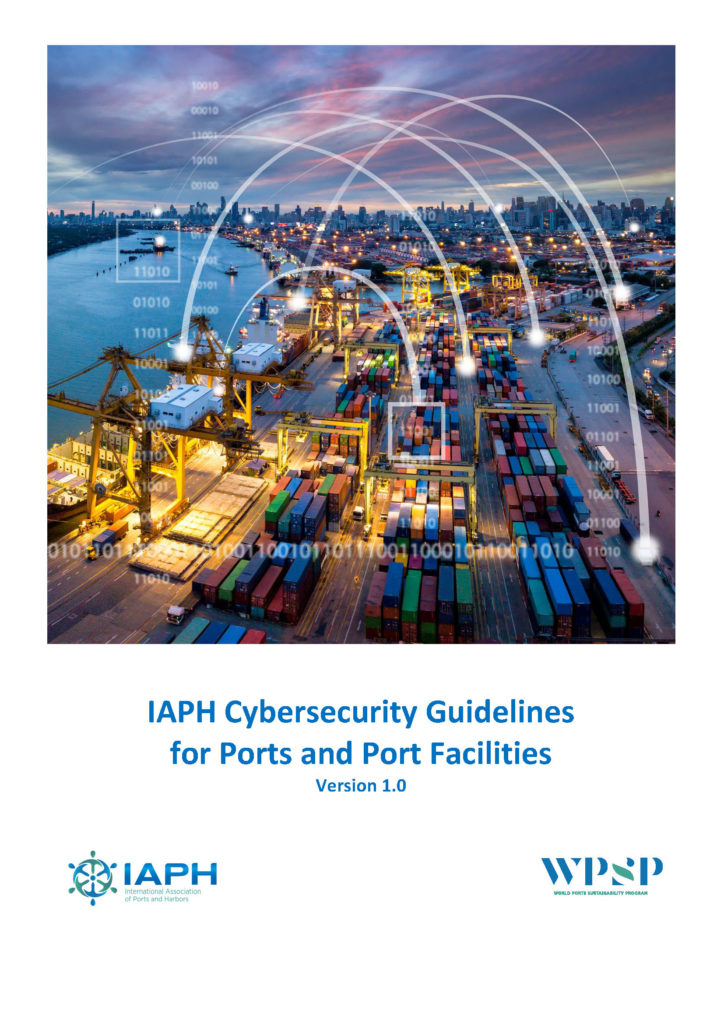A new set of guidelines from IAPH, the International Association of Ports and Harbors aims to give port and terminal operators additional tools and strategies to fight cyber crime.
But it starts with a dire warning about the level of the problem:
“Ports and port facility stakeholders from around the world are reporting measurable increases in cyber-threat activities, particularly since the outbreak of the COVID-19 pandemic. Between February and May of 2020 alone, the maritime industry overall suffered a fourfold increase in cyber-attacks and those attacks against OT systems specifically increased by 900 percent since 2017. The risk of a cyber-attack has become the top risk for port authorities and the wider port community.”
As part of a port or terminals work in building up cyber resilience the guidelines point to issues such as the need for a common language, including shared common terms and vocabulary, as well as getting businesses to fully evaluate the business case and risks of attacks and investment in security.
In revealing the guidelines IAPH Managing Director, Policy and Strategy Patrick Verhoeven said that they were part of a series of updates and reports from IAPH that will also include a global resilience tracker later in the year “which will provide IAPH members with first-hand insights in global, regional and port sector trends on economic, environmental, digitalisation and resilience key performance indicators as we all navigate the current supply chain crisis”.



































